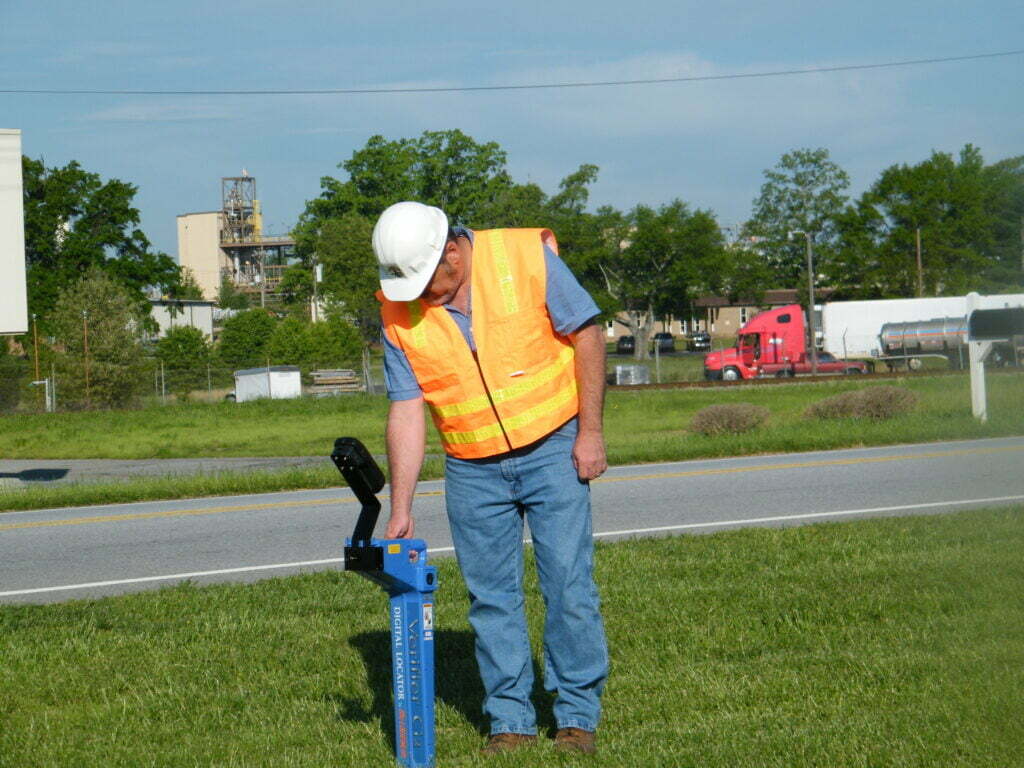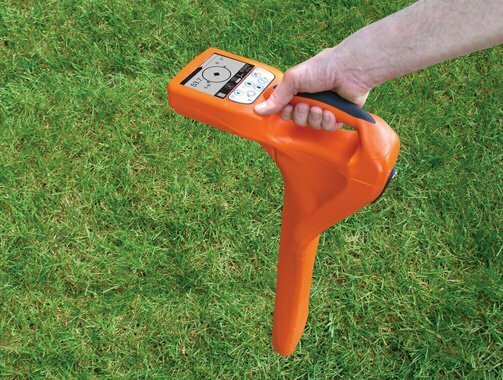Underground pipeline detection
The classification and contents of underground pipelines are
- Power pipelines: including transmission and distribution cables, power cables, lighting cables and other pipelines.
- Telecommunications pipeline: including fiber optic cable pipeline, television pipeline, city telephone pipeline, long-distance pipeline, military communication pipeline and other pipelines.
- Water supply pipeline: including industrial and wine water, water transmission and distribution pipelines such as fire.
- Gas pipelines: including gas, natural gas, liquefied petroleum gas transmission and distribution pipelines.
- Sewerage: including rainwater, sewage, industrial wastewater and other pipelines or channels.
- Industrial pipelines: also known as special pipelines, including: heat, industrial gases, liquid fuels, chemical materials, ash and slag discharge pipelines.
The concept of underground pipeline detection includes underground pipeline exploration and underground pipeline measurement, the former mainly for the lack of complete data files of existing pipelines, the latter mainly for the new pipelines.
1.The task and content of underground pipeline exploration
The task of urban underground pipeline investigation is: to find out the plane position, elevation, depth, direction, structure material, specification, burial age, ownership unit, etc. of various underground pipelines, through underground pipeline measurement, drawing into the underground pipeline plan and cross-sectional map, and collecting all the data needed for the urban underground pipeline information system.
2.Methods of underground pipeline detection
Underground pipeline investigation is to find out the laying condition of underground pipeline and its projection position and burial depth on the ground, and to set up pipeline point markings on the ground. Underground pipeline investigation methods include: field investigation of obvious pipeline points, physical investigation of hidden pipeline points and excavation investigation.
3.Accuracy requirements of underground pipeline detection
Underground pipeline point plane position and depth detection accuracy regulations are: (1) the hidden pipeline point of the horizontal position and depth of burial detection accuracy, (2) the detection of pipeline point coordinates and elevation accuracy.
Underground pipeline survey
Underground pipeline measurement includes construction measurement of new underground pipelines (planning money), completion measurement of newly buried pipelines and investigation measurement of existing pipelines. The Underground pipeline measurement includes construction measurement of new underground pipelines (planning money), completion measurement of newly buried pipelines and investigation measurement of existing pipelines. The results are. Underground pipeline correct construction positioning, mapping of underground pipeline map (plan and section) and collection of information required by the city underground pipeline information system. The geospatial location of the city must adopt the unified plane coordinate system and elevation system.
The basic method of construction measurement of underground pipeline is the same as general engineering construction measurement, that is, the three-dimensional coordinates (plane position and elevation) of underground pipeline design points are measured on the basis of control measurement.
Underground pipeline completion measurement is in the pipeline construction to return to the soil before, the underground pipeline characteristics of the site is clearly exposed, the measurement object is clear, the required observation data is easy to obtain, and can have a high measurement accuracy. Therefore, to improve the accuracy of the spatial geographic location of the underground pipeline, it is necessary to do the measurement while construction according to the specifications and regulations of the underground pipeline, directly measure the plane position and elevation of the characteristic points of the pipeline, draw the underground pipeline plan, cross-section and obtain the required information on the properties of the pipeline.
Underground pipeline survey measurement is to determine the plane position and elevation of obvious pipeline points and hidden pipeline points after the existing underground pipeline survey, and to obtain the drawing of underground pipeline plan, section data and pipeline attribute information.
Underground pipeline measurement is carried out on the basis of basic urban mapping work, so underground pipeline control measurement should be based on the basic urban control network, with appropriate control network encryption. Generally, the fourth level or below plane control network and the fourth level or below level network can meet the needs of underground pipeline measurement.


